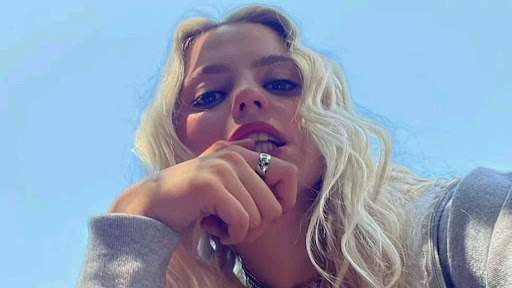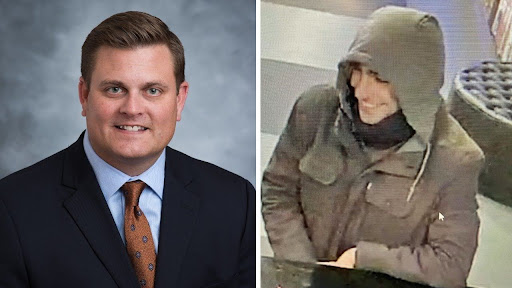In my room, on the highest shelf above my books, I have a white hard hat and a dark blue air-filter mask. These are reminders of the events of 9/11 for me. Like thousands of other ministers, after the crashing of the planes into the Towers, I volunteered to serve at the site as a chaplain. I was summoned to do so only once, many months after the actual event.
I made my way into Midtown to a hotel lobby where I provided my credentials, received the above gear and, with several other ministers, traveled to lower Manhattan in a police car.
Inside a roomy tent, several operation-style tables stood against a wall. The system was organized: if a worker uncovered a part of a human body, he/she would place it in a body bag and bring it to the tent. One of the ministers (his/her particular denomination did not matter) would ask God’s blessing for the deceased in a short prayer, and the remains would be refrigerated until they could be taken to a hospital.
The responsibility was not demanding, but it was heart-wrenching. Lots of opportunities and reasons for prayer and reflection presented themselves. Sometimes, a worker would come in and ask for someone to pray with them.
After some hours, I was given a break. As I left the area of the tent, I strove to remain out of people’s way. In an environment of constant movement and rolling heavy equipment, trying to stay unobtrusive presented a challenge. I made my way, almost by accident, to the SJU Manhattan Campus, which was on Murray Street. This building, I learned, was the first structure that the destructive airplane crashes had not damaged.
Our building was firmly situated in the “Red Zone.” Thus, after the students were safe, SJU offered it to the city/state/federal government to use as a respite center for those working at the site.
I entered this environment. The dining area functioned continuously; doctors, nurses and therapists populated the upper floor classrooms tending to those hurt in the work. The highest floors, the dorms, provided sleep and rest space for the laborers.
SJU students lived on the Manhattan campus on the morning of the attack. The first and most important concern for the University on the day of 9/11 was getting our students securely off this campus and re-situated in Queens. Students on the Staten Island campus could look across the water and view the burning towers. On the Queens campus, the smoke from the towers could also be seen from the upper floors of some of our buildings (St. Albert’s and the Library). Everyone remained glued to whatever screen carried the story.
St. John’s defines itself as metropolitan. We truly felt like a part of New York during this tragedy. We mourned with our city and its citizens and offered whatever support we could. The events touched students, alumni, administrators and faculty — really everyone—directly or indirectly. Memorials and funeral services filled the next weeks. Everyone felt his or her faith challenged and put to the test.
The hardhat and blue air-filter mask received little use. Yet, they continue to remind me of that tragic event and the small part that St. John’s played in the history of our country.







